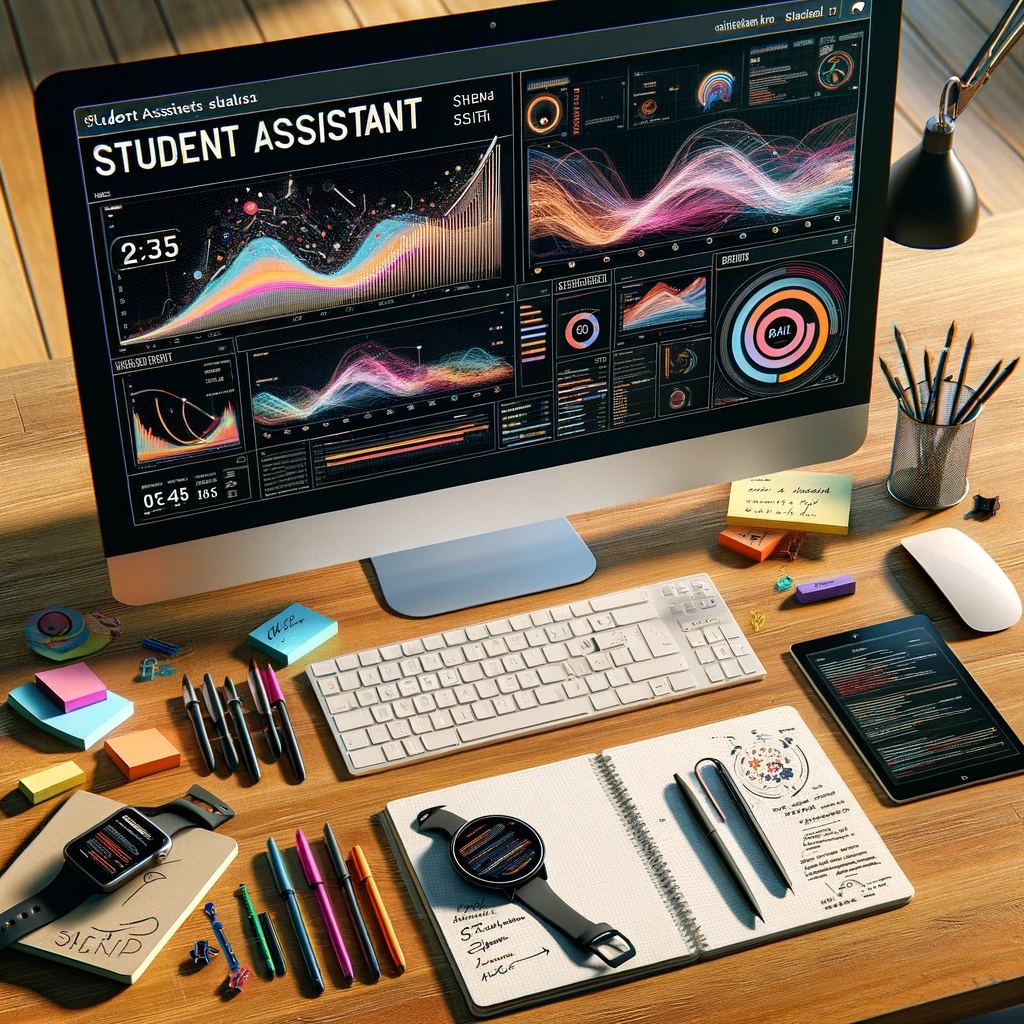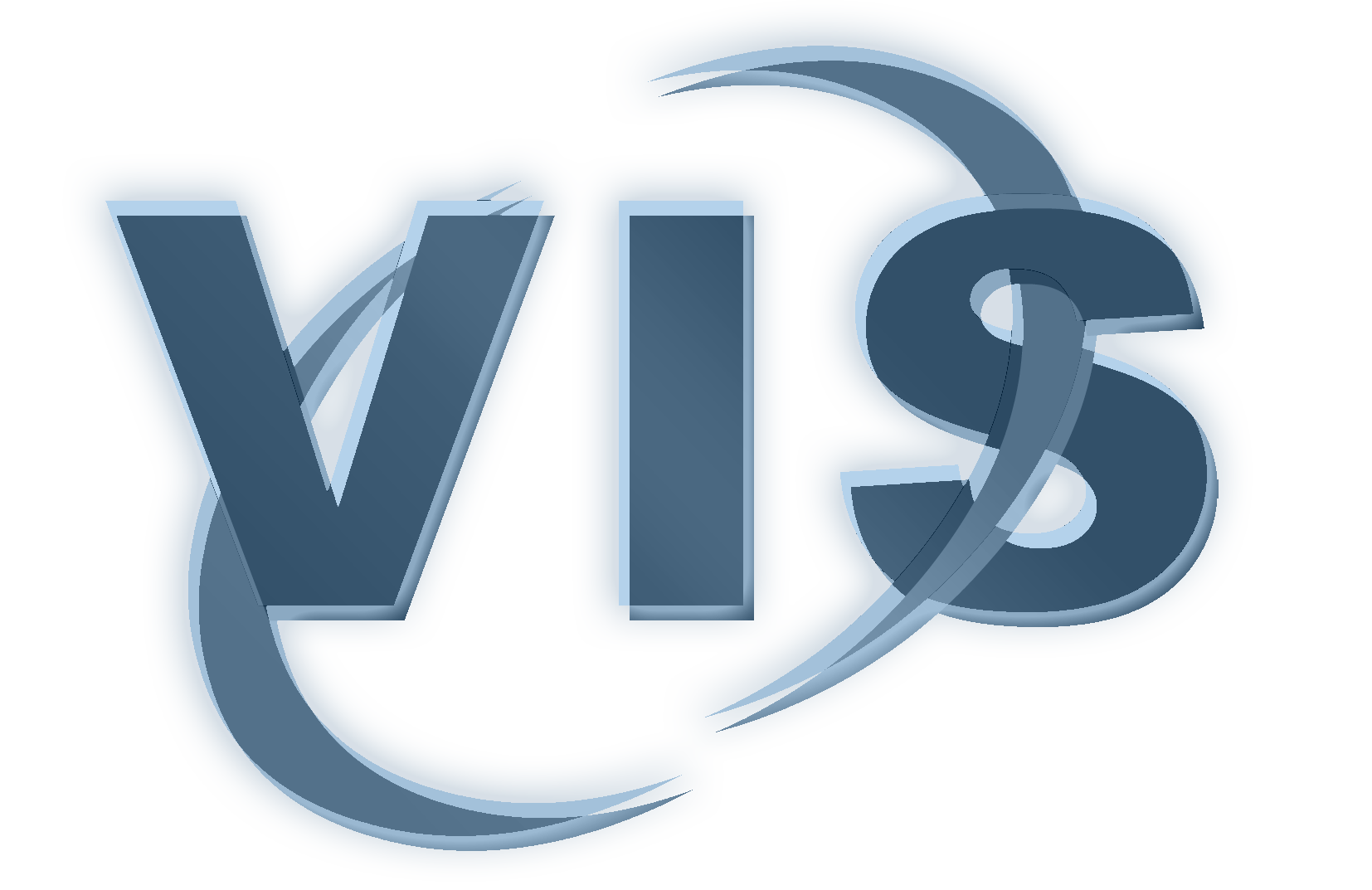- Ausschreibung Studentische Hilfskraft
Wir suchen eine studentische Hilfskraft für die Überarbeitung von Vorlesungsfolien. Die Tätigkeit umfasst eine
monatliche Arbeitszeit von 40 Stunden.
Einstellungsvoraussetzungen:
- Sehr gute Deutsch und Englisch Kenntnisse
- Gute Kenntnisse in R und R Markdown
- Sehr hohe Motivation
- Strukturiertes und organisiertes Arbeiten
Deine Aufgaben:
- Überführung von Vorlesungsfolien aus Latex nach Decker (ein Softwarewerkzeug zum Erstellen von interaktiven Webpräsentationen, dass auf R Markdown basiert)
- Übersetzen der finalen Vorlesungsfolien von Deutsch auf Englisch
Wir bieten Dir:
- Eine langfristige Anstellungsmöglichkeit mit flexiblen Arbeitszeiten
- Bis auf regelmäßige Treffen mit den Betreuern (1-2 Mal pro Monat) an der FIN kannst du von überall arbeiten
Falls darüber hinaus Interesse an einer Hiwi-Tätigkeit in unserer Arbeitsgruppe Visualisierung besteht, so können ggf. auch Themen unter Projekte & Praktika als Hiwi bearbeitet werden. Dazu sollten einfach die angegebenen wissenschaftlichen Mitarbeiter kontaktiert werden.
